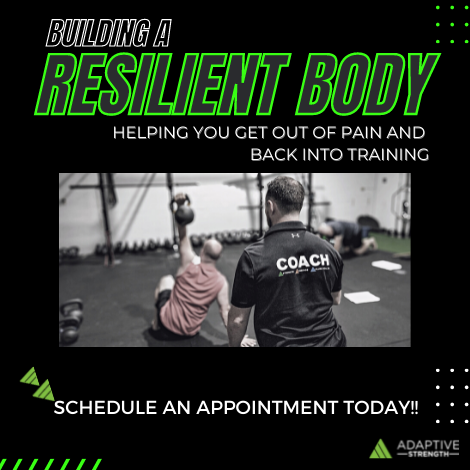Moment to moment survivability is your nervous system’s primary goal. It doesn’t care if you pull a 250kg deadlift or if you can run a sub 3hr marathon, it just wants to survive the attempt.
The three main systems at play here that send the relevant information to the brain about both internal and external environments are the visual, vestibular (balance) and proprioceptive (position and movement) systems.
These systems, while all being important, aren’t actually treated equally by the nervous system. They assume a generalized hierarchy driven by our survival needs, based on past experiences and pattern recognition.
Put simply, the brain prioritises the information it receives based on its ability to predict or recognise dangers in our environment.
Based on current science we believe the neural hierarchy looks like this:

As you can see the visual system sends the fastest and most relevant information to the brain to assist in threat prediction, therefore it is at the top of the pyramid. This makes sense if you think about most of the dangers you come across in everyday life can be avoided by just seeing that they exist.
Please don’t mistake vision for eyesight as they are not the same thing.
Eyesight is simply the ability to see something clearly, the so-called 20/20 eyesight (as measured in a standard eye examination with a Snellen chart). 20/20 simply means that at 20 ft you can see clearly what ‘most’ people can clearly see at 20 ft. It DOES NOT mean perfect vision!
So what’s the problem?
The problem is that if there is dysfunction in the first two systems then the brain will literally put the on brakes to slow you down to avoid harm. Joints will stiffen, range of motion will decrease and often pain will be experienced.
Proprioception is obviously the system we tend to first focus on, as movement is the currency of life and it’s something we all understand enough about to get started. However we also need to focus on vision and balance.
How do I know if I have visual dysfunction?
If you wear glasses, get eye strain from reading, or have trouble focusing on objects near or far then you have visual dysfunction. Even if you don’t think you have any problems you may very well still be experiencing visual suppression.
Do this quick drill. Hold a pen up in front of your eyes at half an arm’s length away. Focus your eyes on something in the distance behind the pen. How many pens do you now see?
If you answered one, then you most likely suffer from visual suppression. The pen should in fact become double. Your eyes are like little video cameras and actually take independent footage of what they see. The brain then takes these two images and tries to match them up.
If your brain can’t accurately match them it will choose to accept the picture it trusts the most and will shut down the other eye (usually non dominant eye but not always) and it will work off the input from the dominant eye.
You will have no idea this is happening as the eye is still working, it’s just that not all of the information it’s collecting is getting used.
Your brain is now receiving a reduced amount of information, and this affects survival prediction, which will force a ‘slow down mode’ for your body.
How can I fix my vision?
Firstly, you must understand that vision can be trained. Once you acknowledge and accept that vision doesn’t exist in your eyes, it exists only in your brain.


So if you can improve brain function then you can improve vision. There are many simple tests and vision drills that can be performed and practised to improve the visual system that produce amazing results in one’s overall movement capabilities.
At Adaptive Strength (formerly Box33) we have rolled out our latest stage of education with both vision and balance training. The drills are simple, can be done at home or at work and are very effective.
The vision, vestibular and proprioceptive systems all need to be trained so together they can function effectively, each fulfilling a unique role in the total equation of movement.





